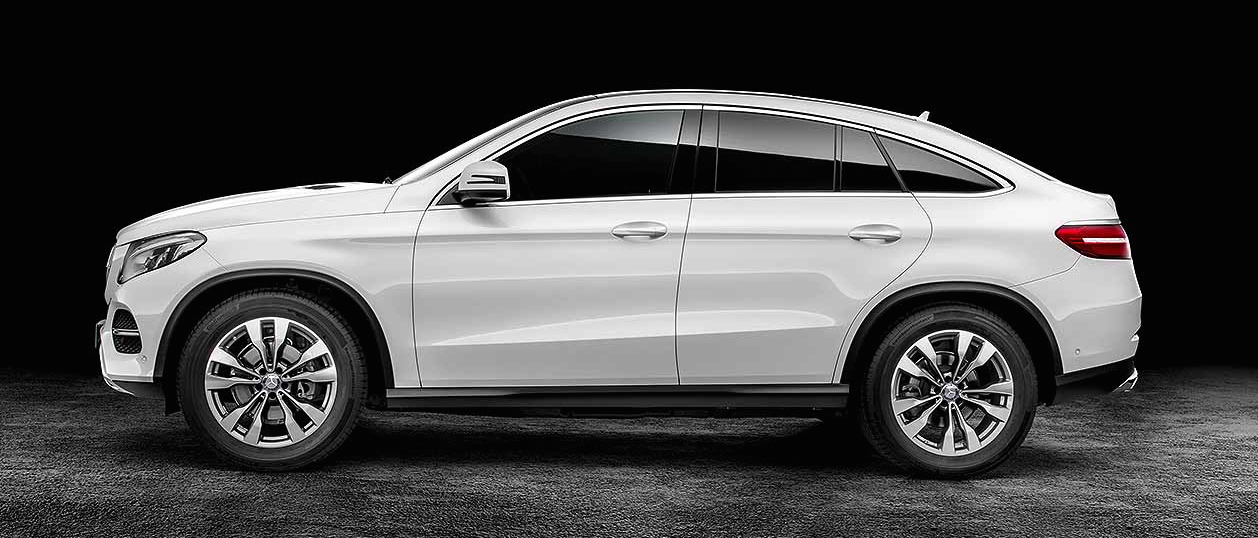My comment was to the effect that the "facelift" was an effective modernization of an old design.
On the other hand, the 220's styling was a lot like that of some other prewar Mercedes', so I just possibly might not have been that far off the mark. Let's take a look.
1951 Mercedes-Benz 220 brochure cover, illustration by the great Walter Gotschke.
Here is the photo I used in the book. From the cowling aft, it really does look like a prewar Mercedes -- basically a mid-1930s appearance. The teardrop shaped front fenders with integral headlights are on par with most 1939-vintage American cars (aside from General Motors which retained detached headlight housings).
But seen from the side, the 220's design doesn't seem quite so antiquated. Note that the trunk is integrated with the main body and not the sort of attachment common in the 1930s. The roof of the passenger compartment has large-radius curves in the C-pillar area. This heaviness is nicely offset by the thin A and B pillars.
Another view of a 220.
The 220's rear seen in a for-sale photo. This shows the integral trunk. It also shows that this 1951-vintage design has a number of archaic features. These include a "suicide" rear-hinged front doors and external door hinges. The body tucks under slightly, partly exposing running boards. The rear fenders are definitely pre-war styling. The windshield (see previous image) is a flat, one-piece affair common on early-30s cars.
Compare the 220 to this 1940 Mercedes-Benz 230 (W143). The spirit of its design from the cowling aft was retained on the 220.
The same might be said regarding this 1938 M-B 260 (W138). The passenger greenhouse is not far removed from that of the 220, even though its top is not all-steel. The trunk is not visually part of the main body.

















